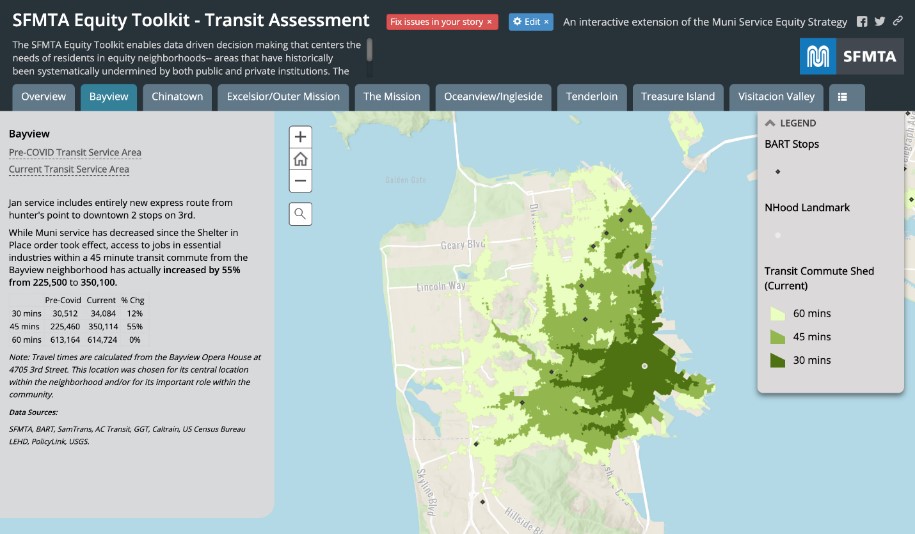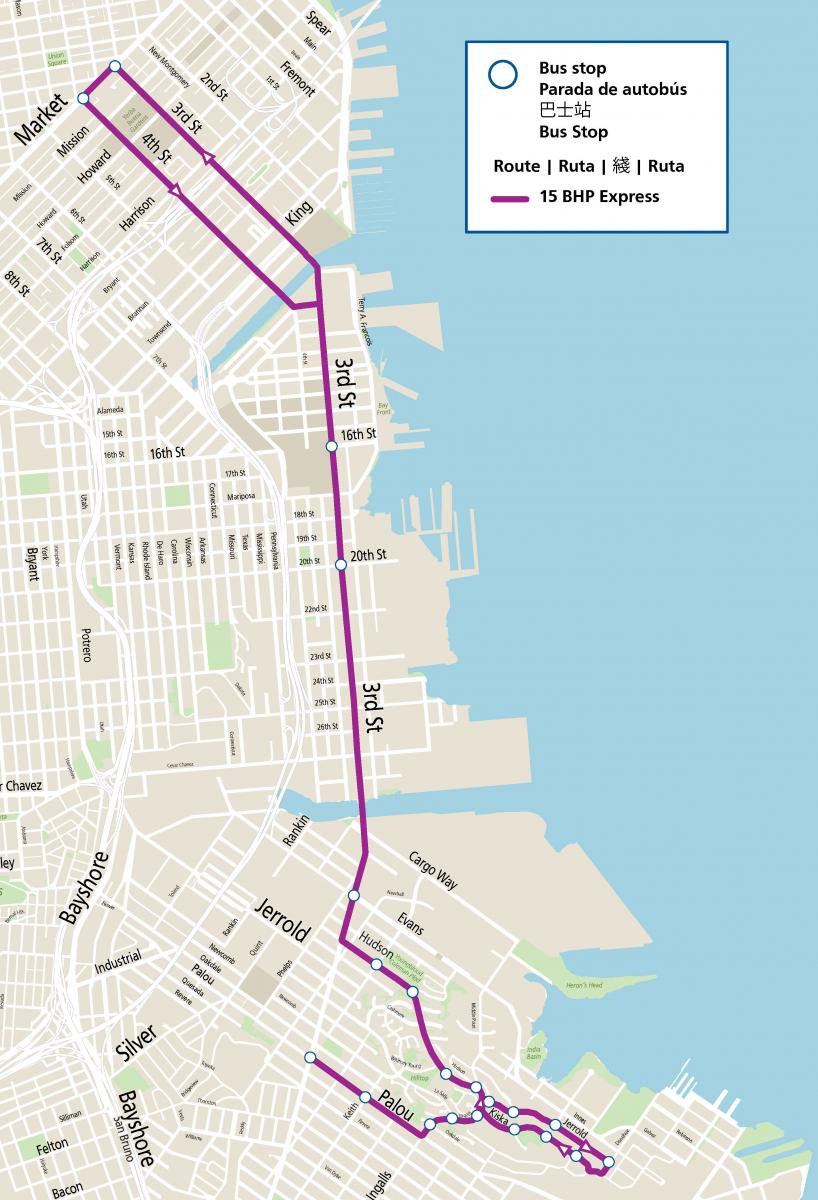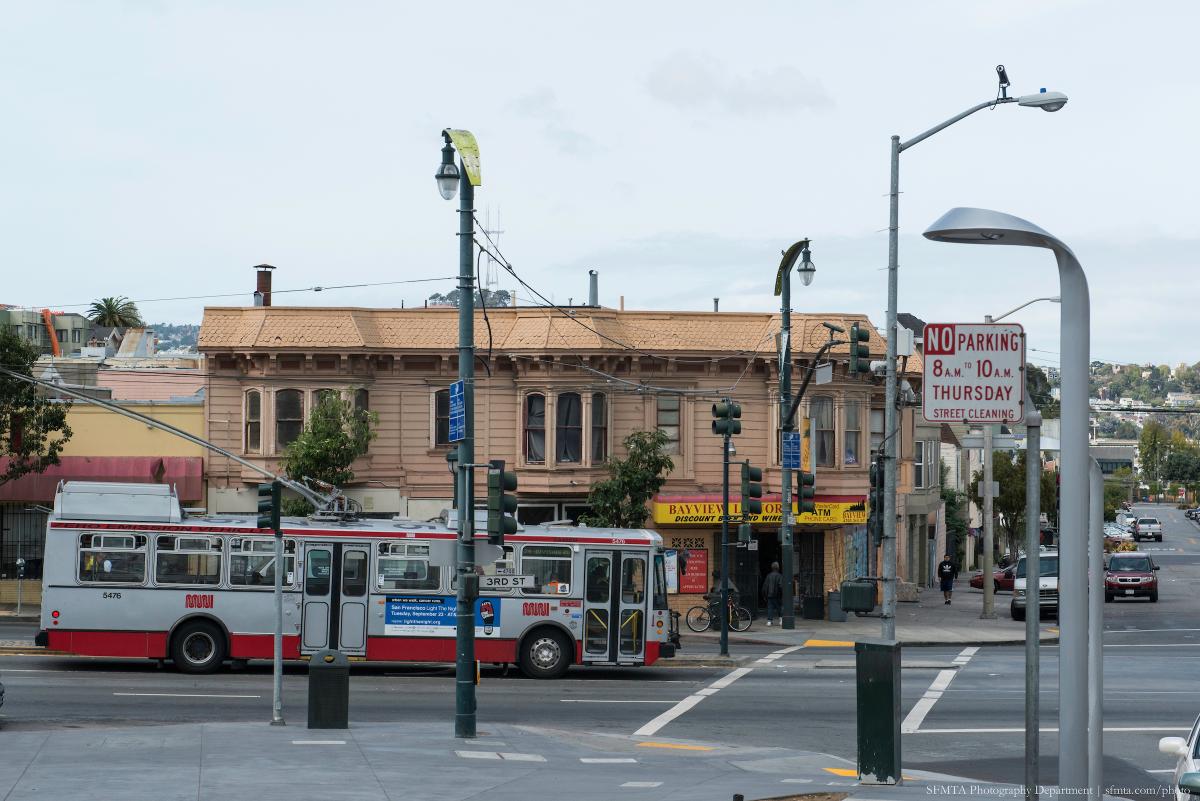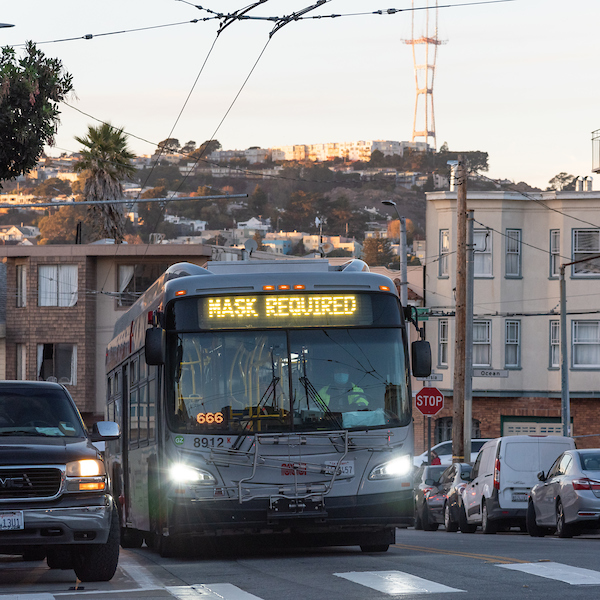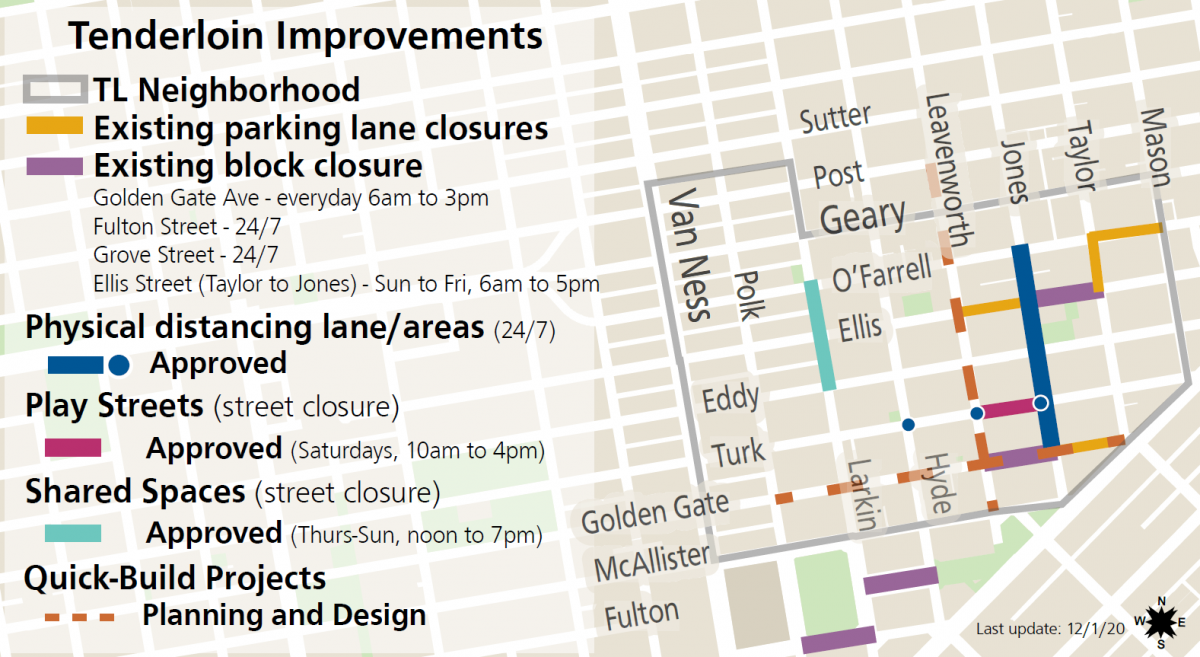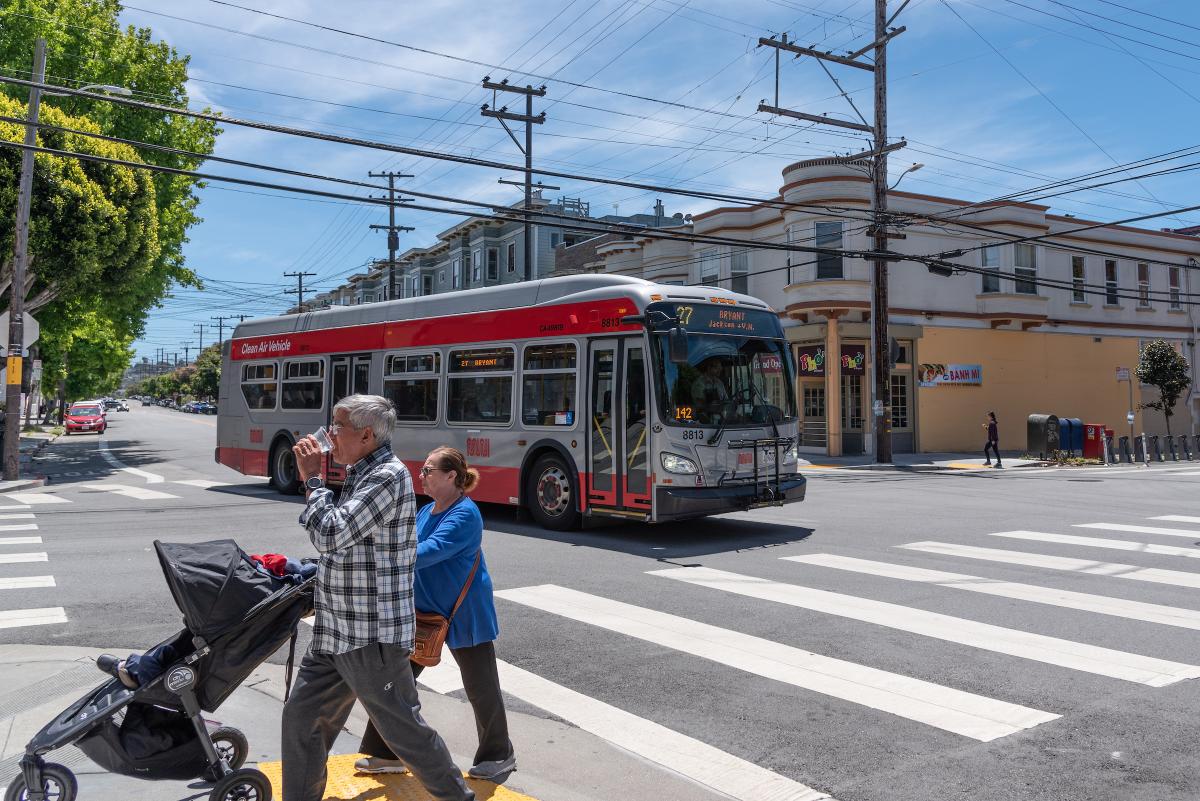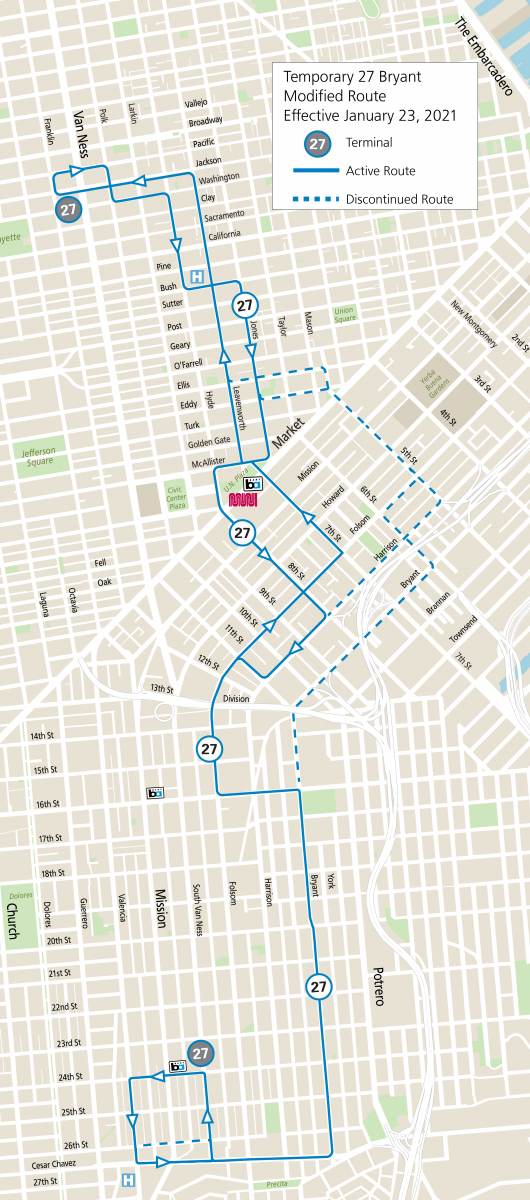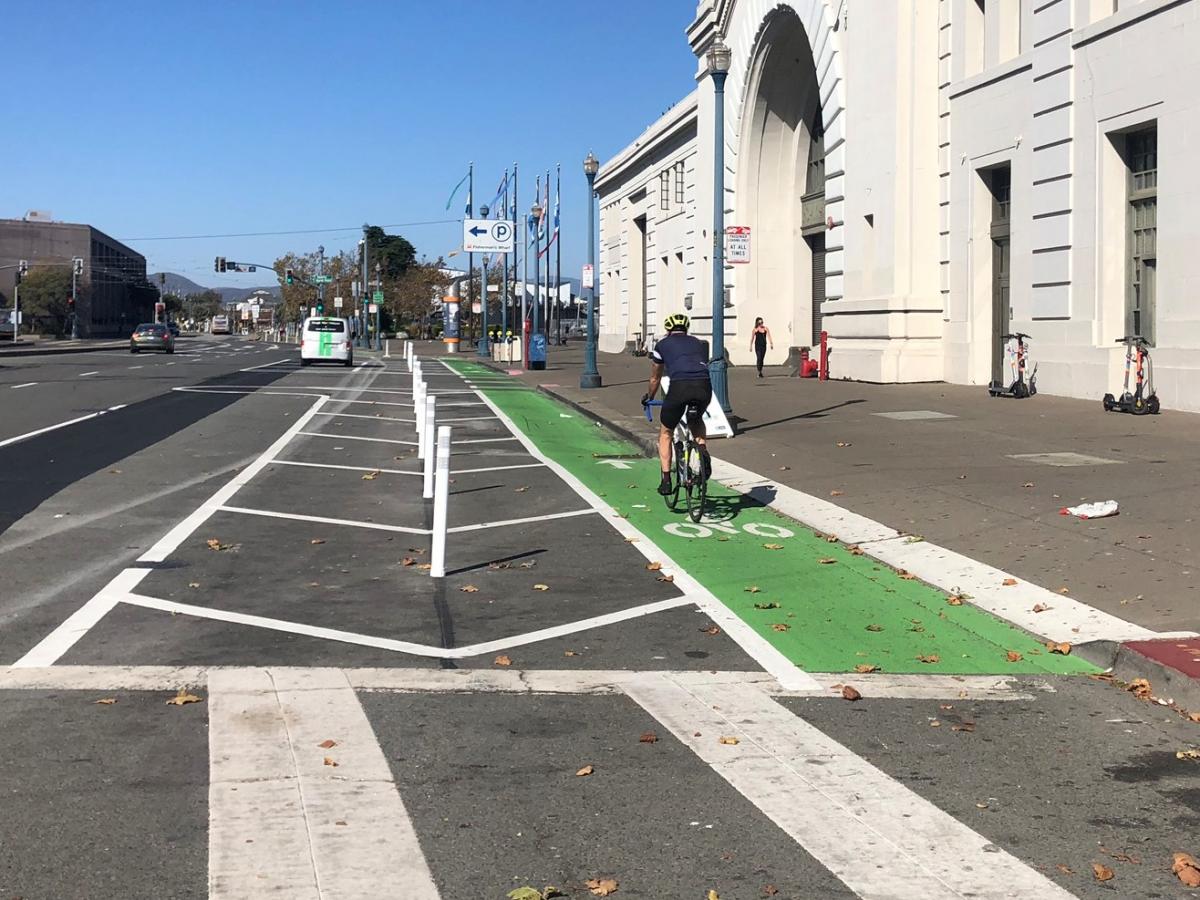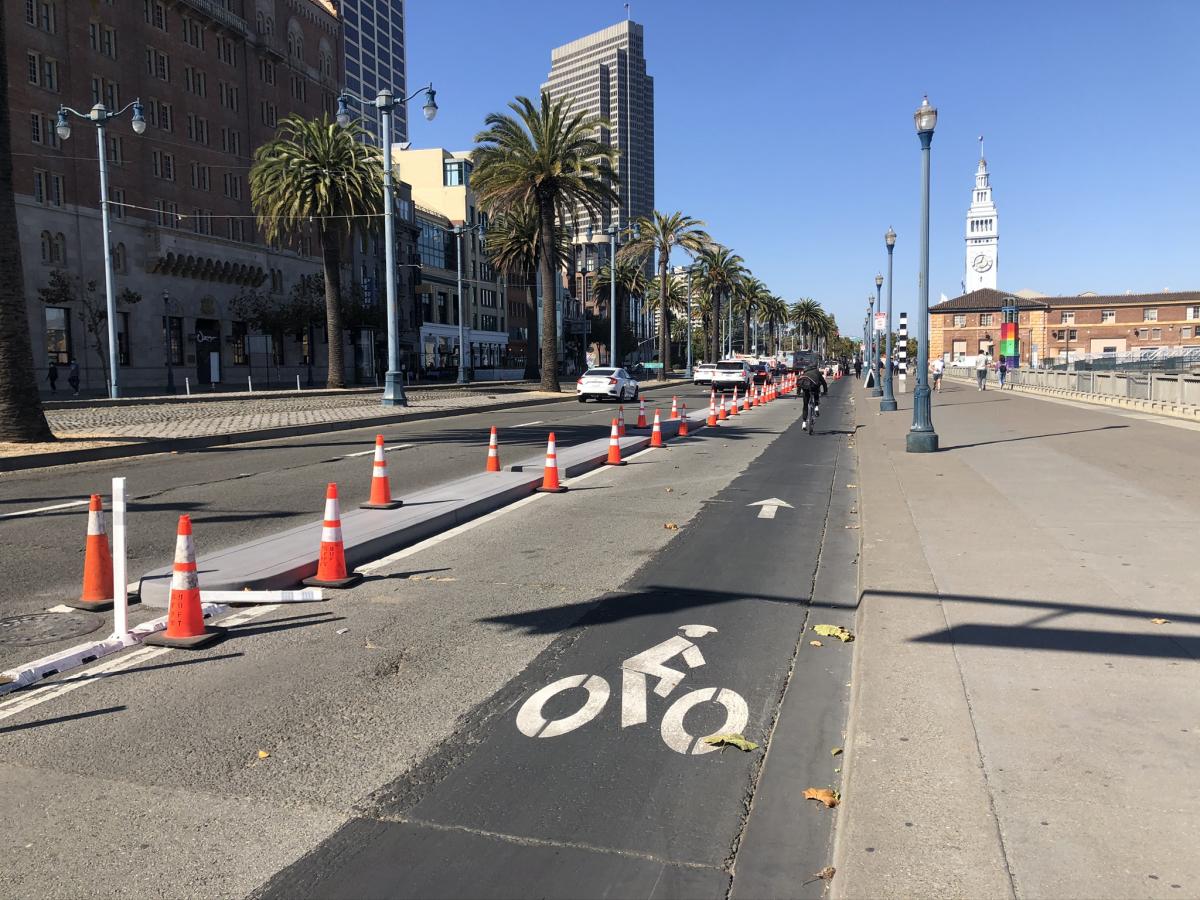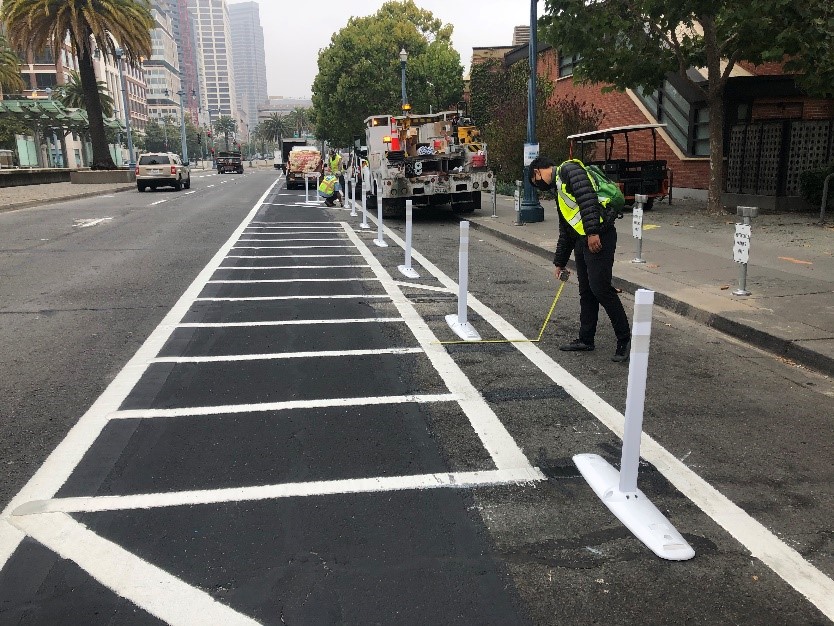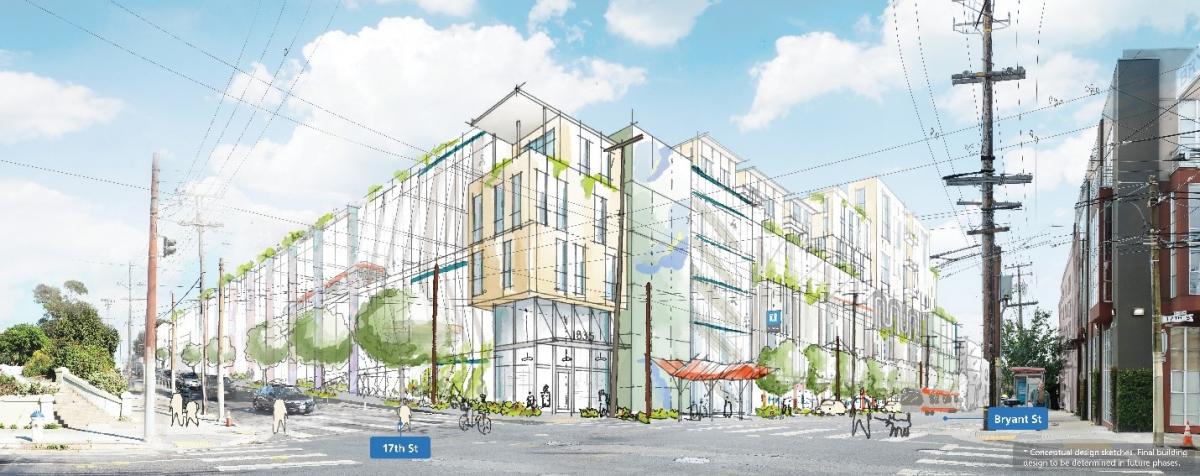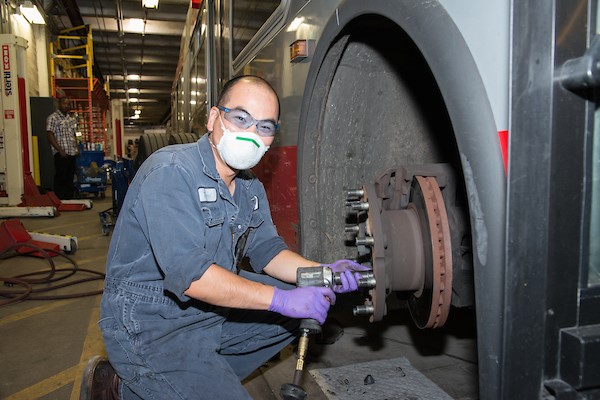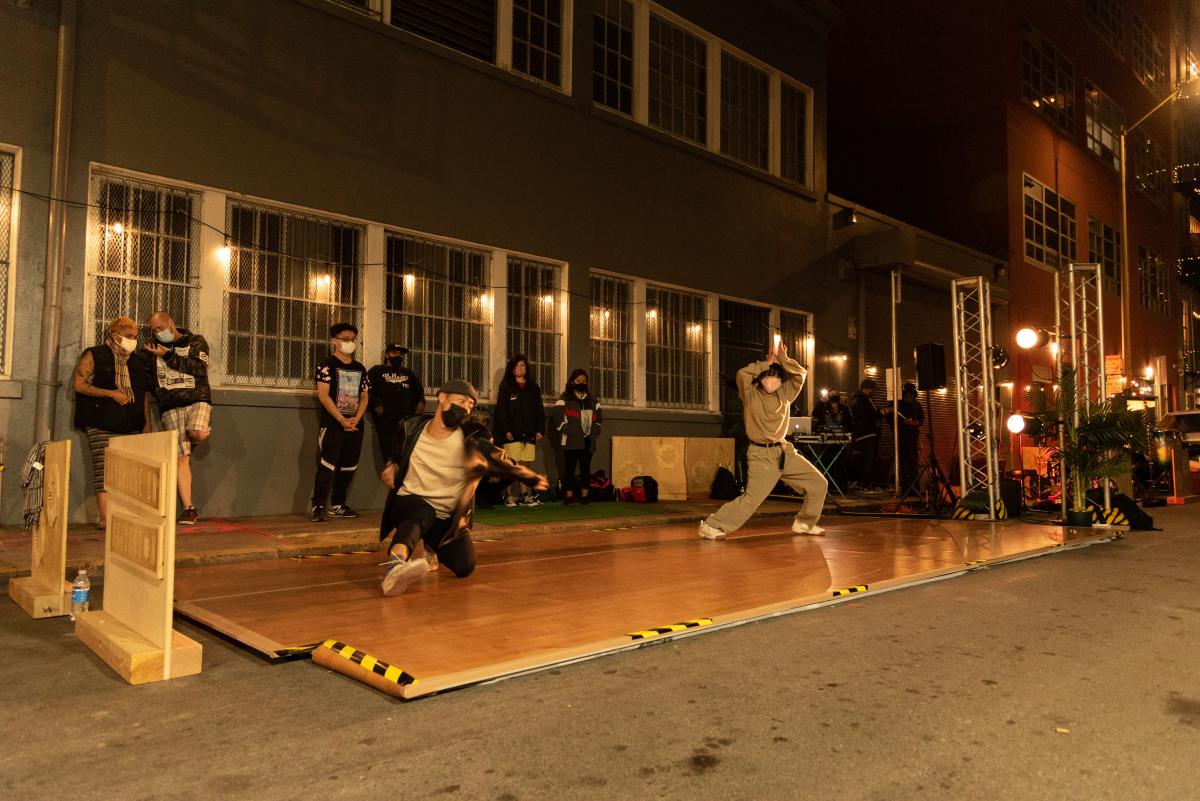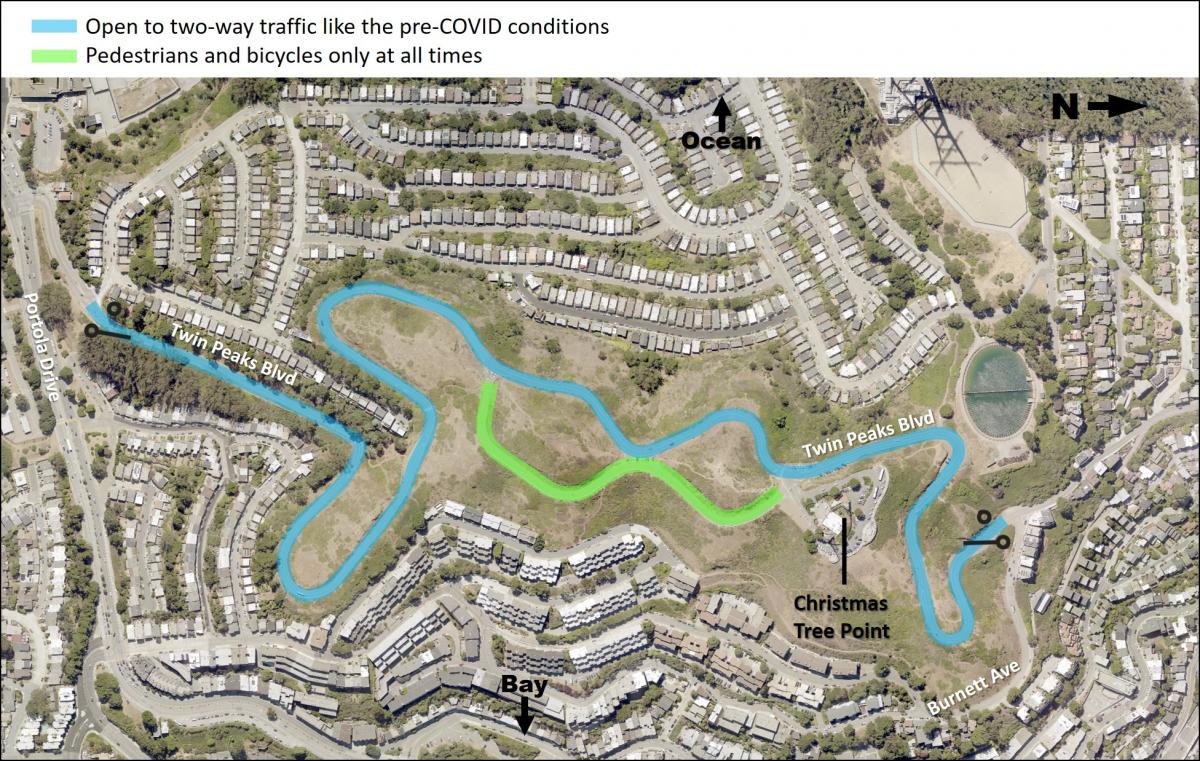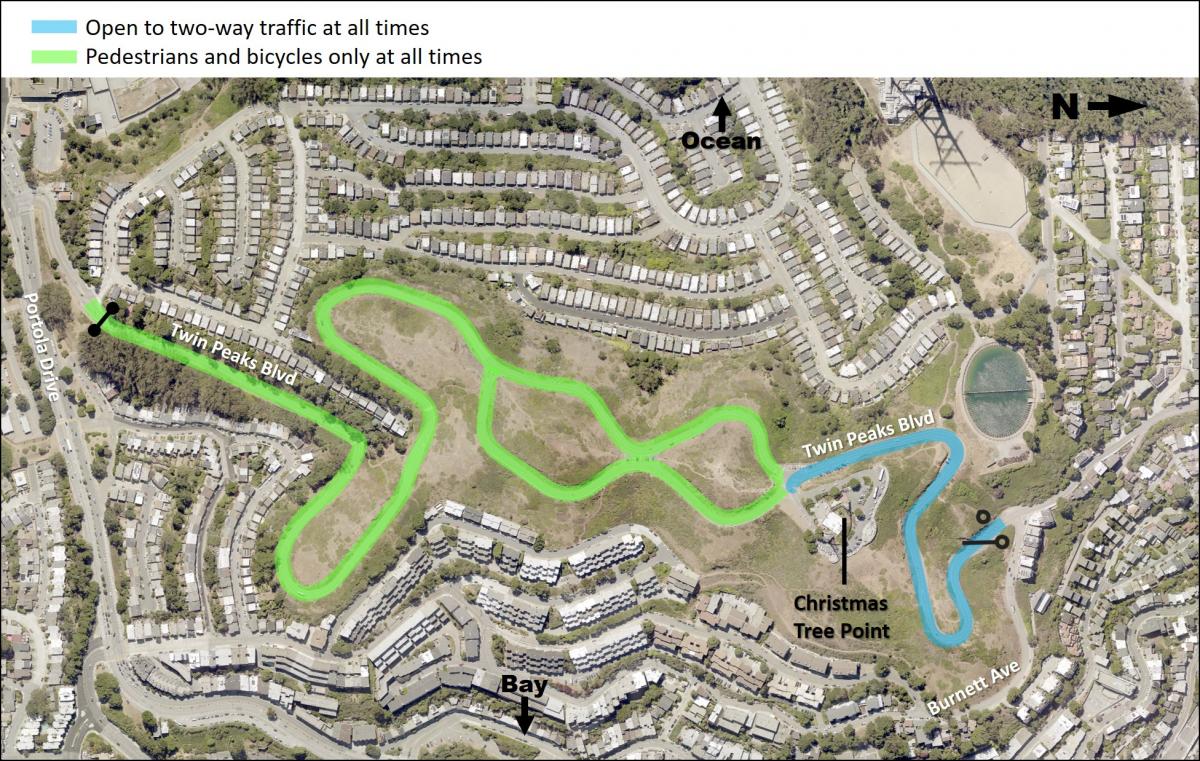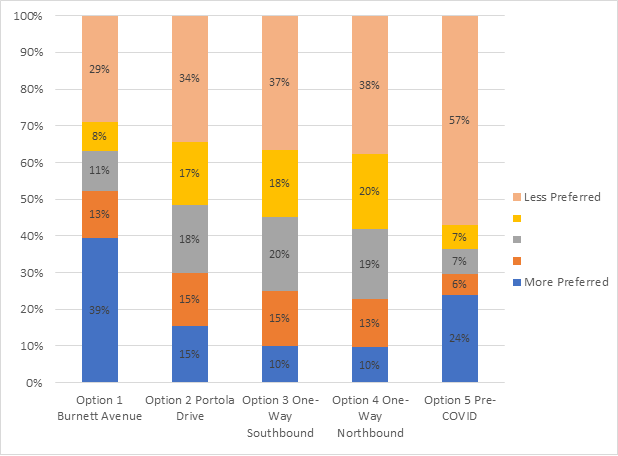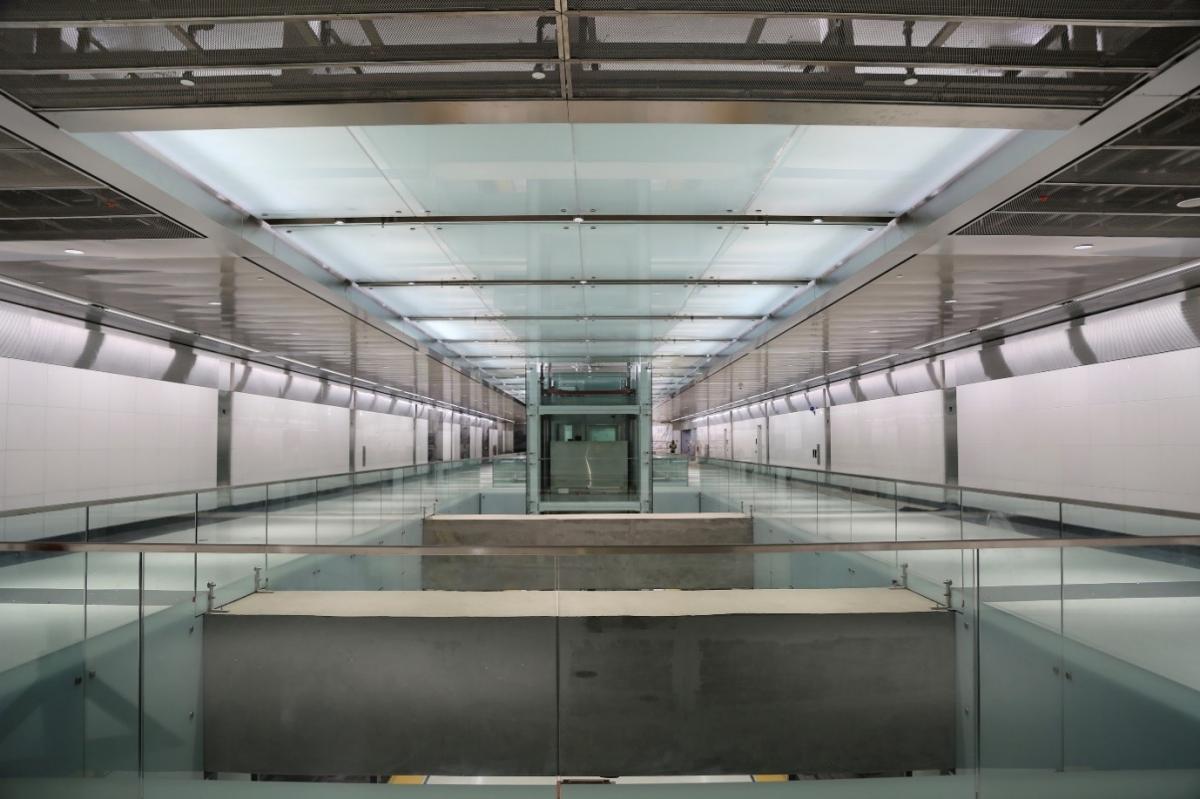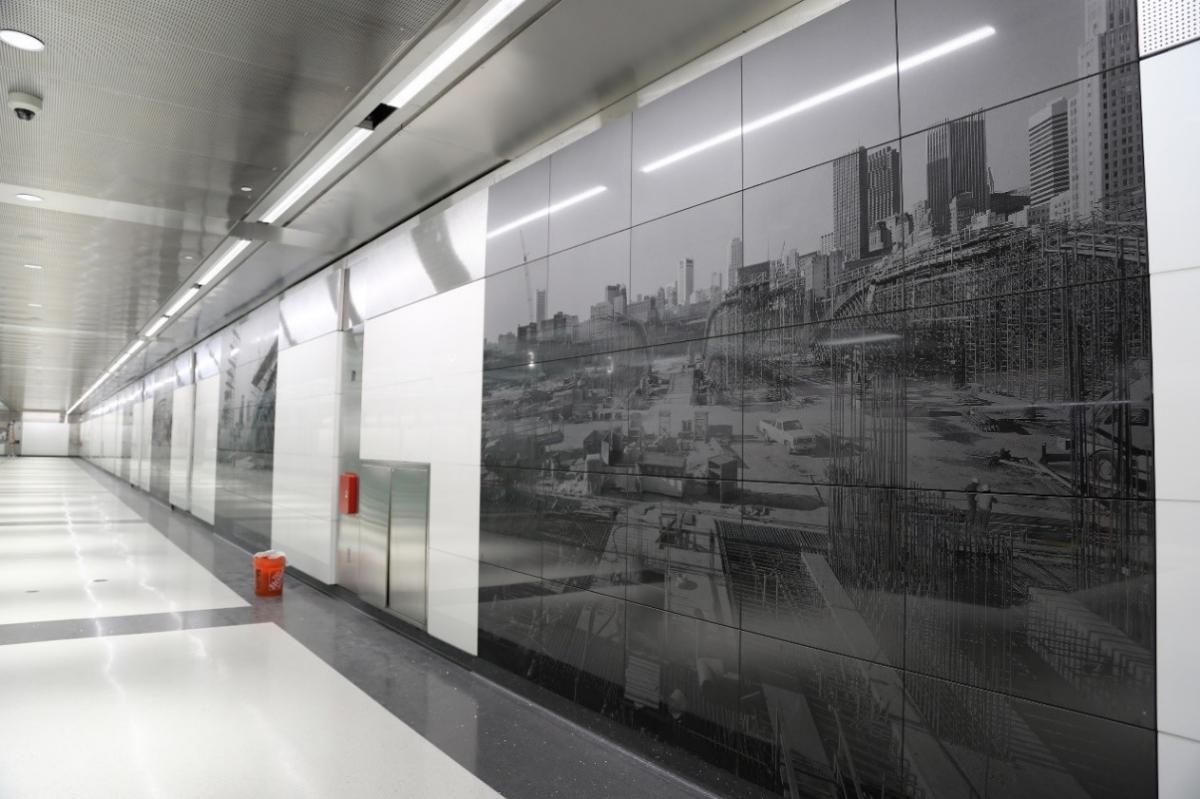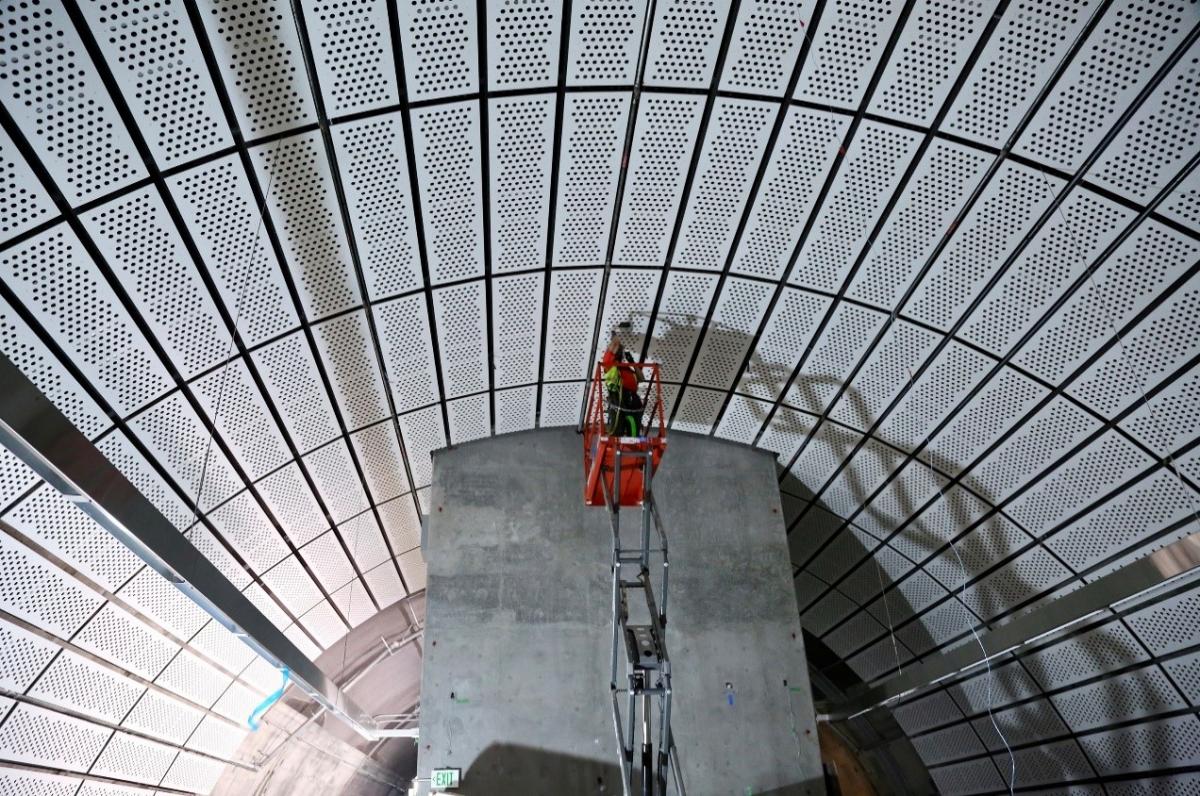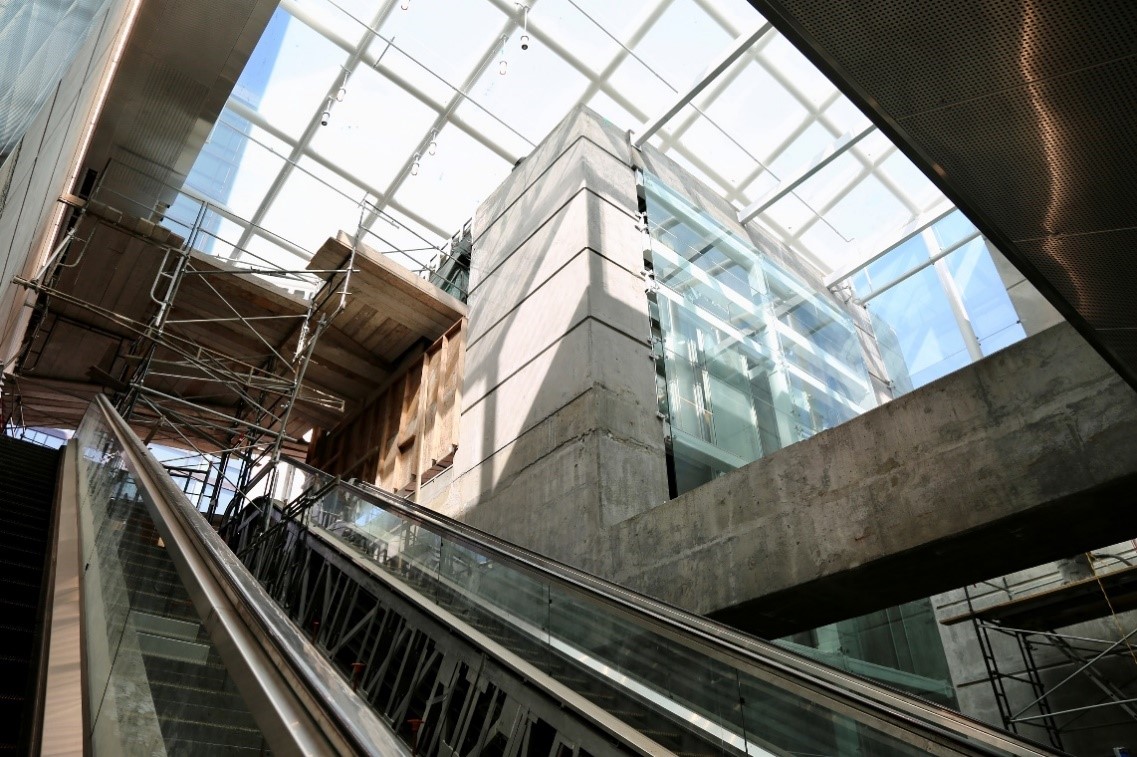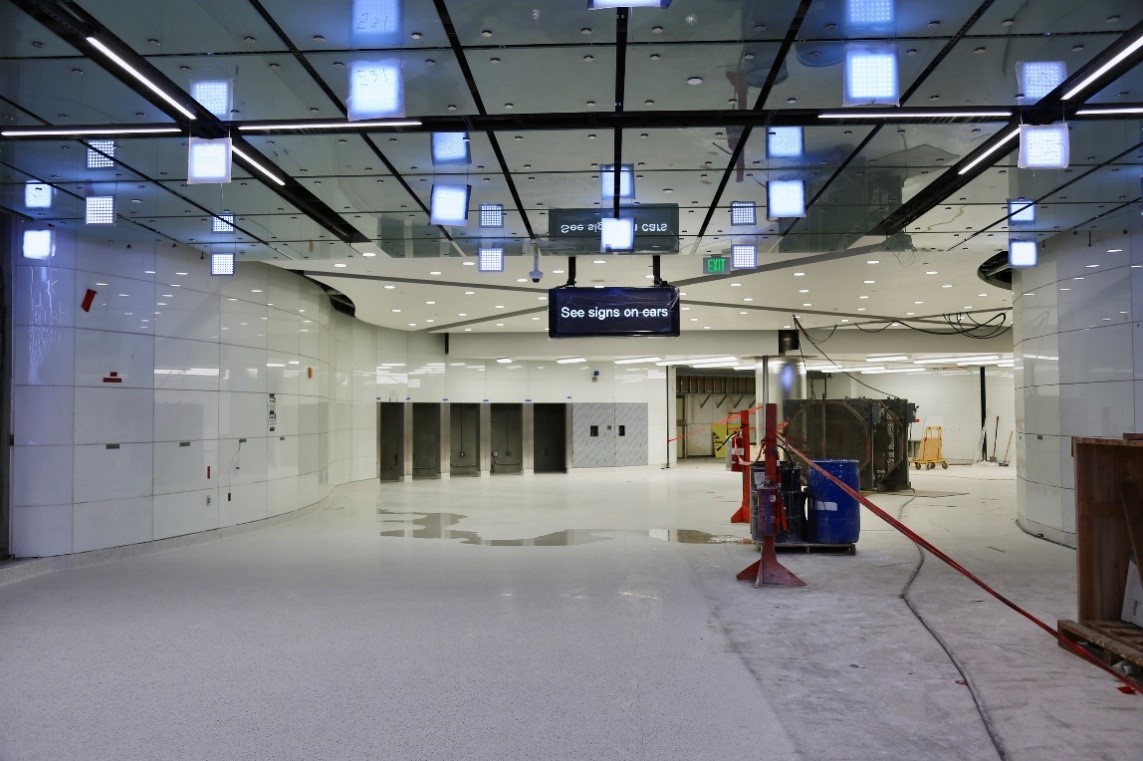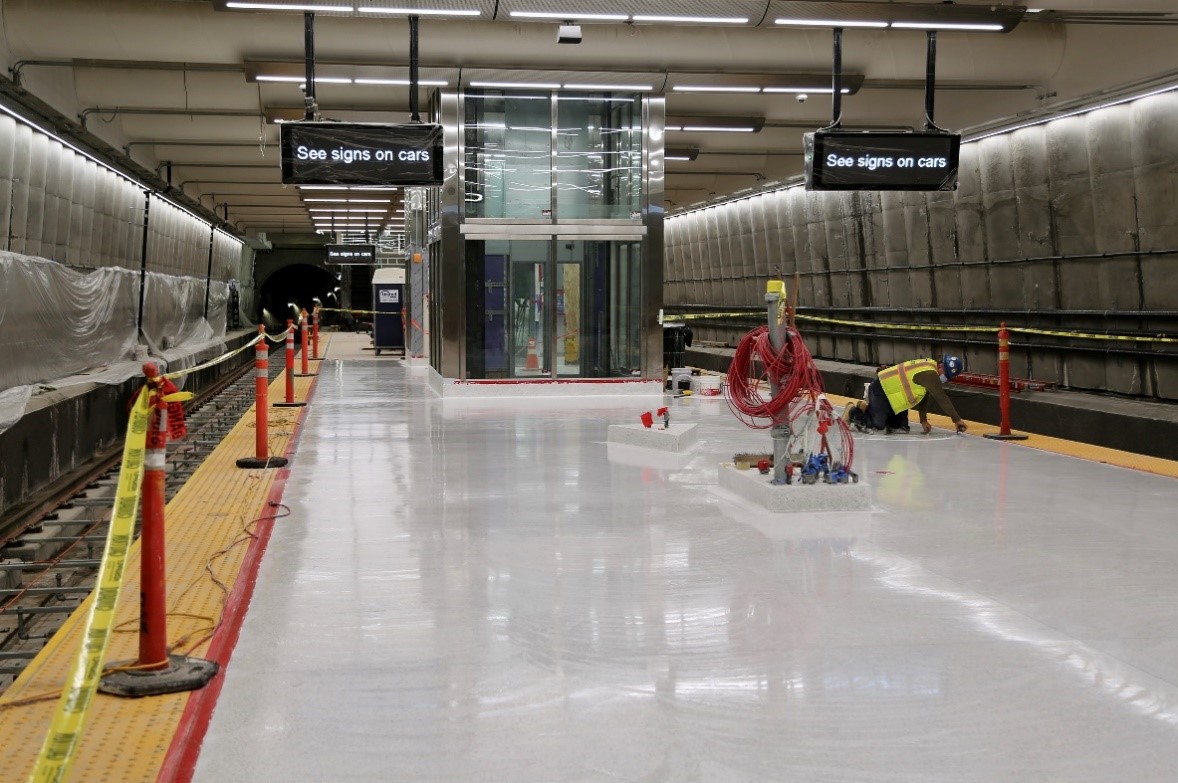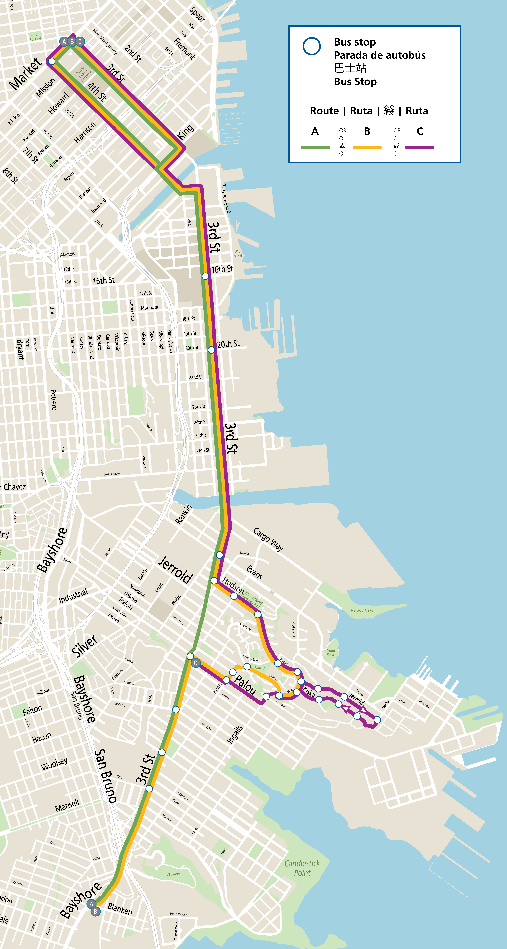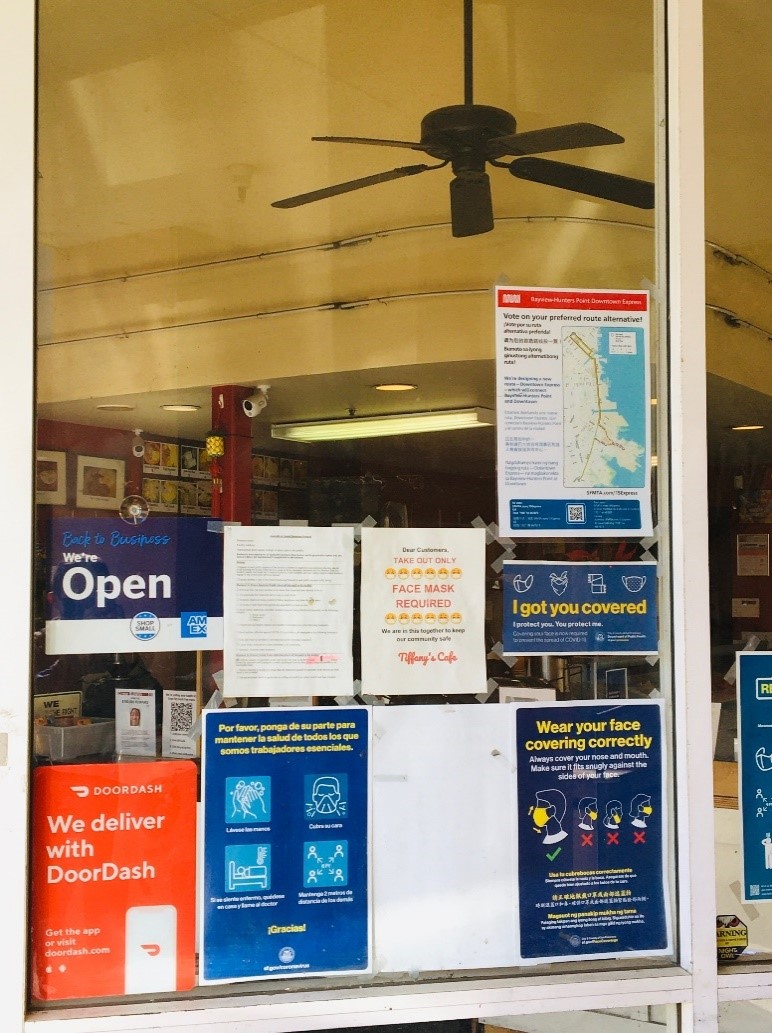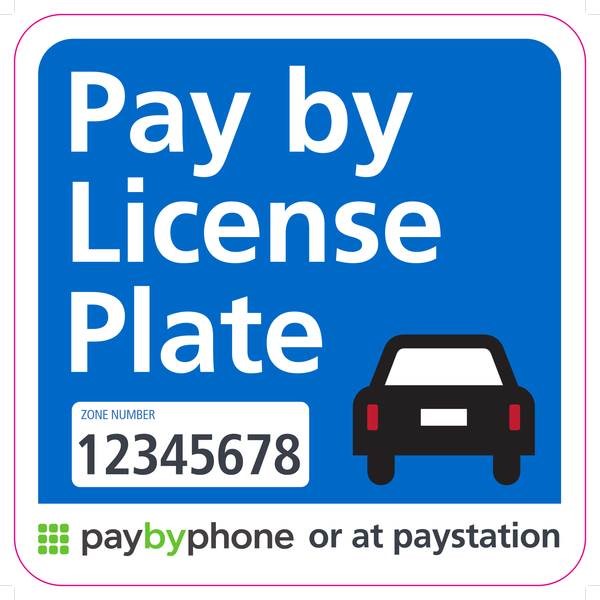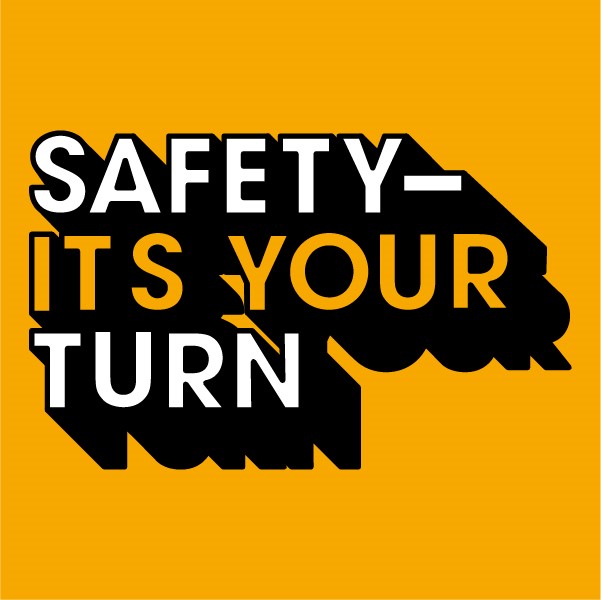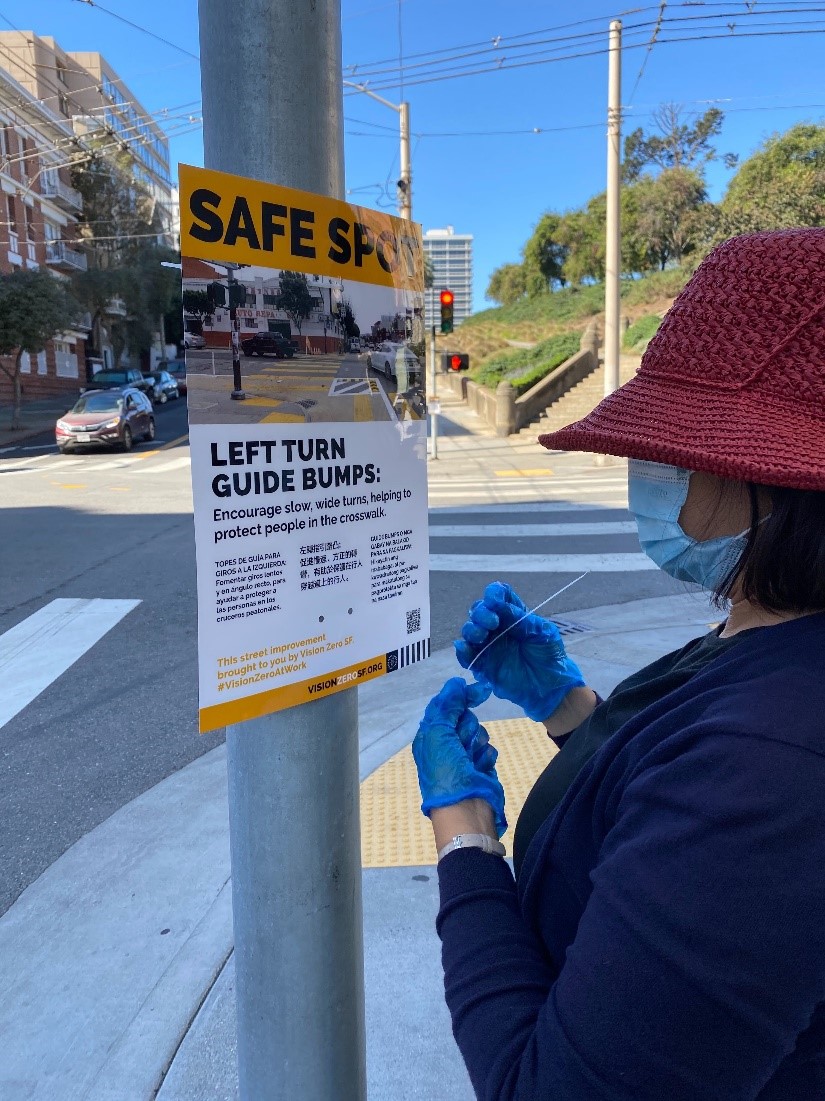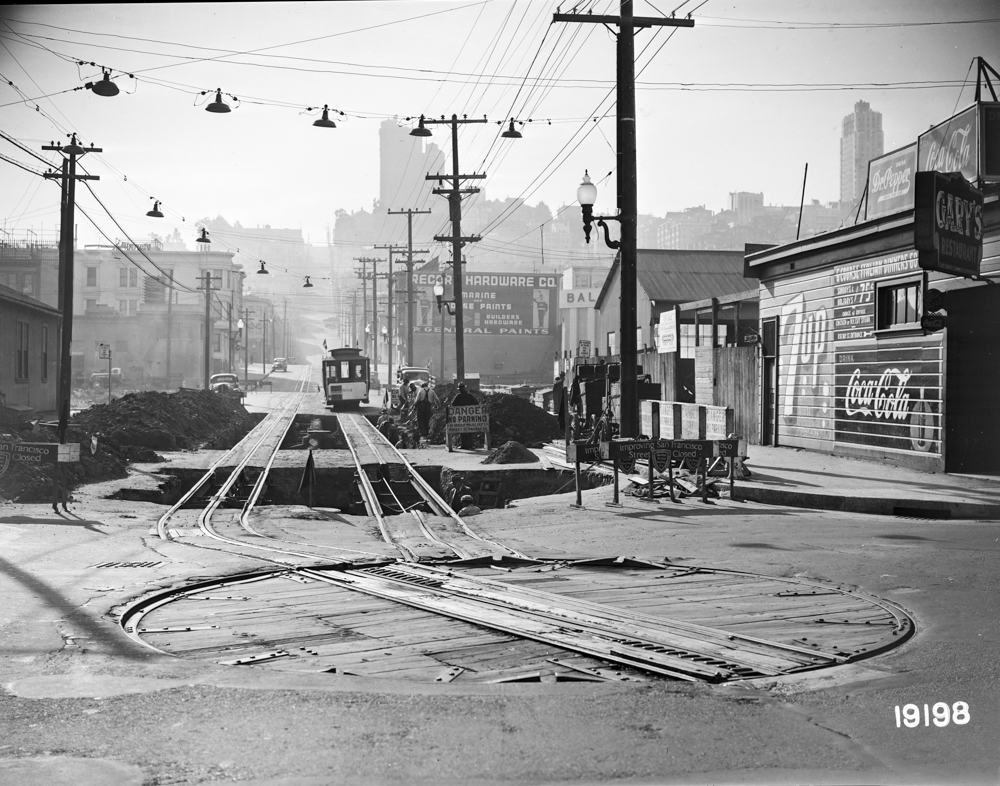By Benjamin Barnett
Do you want to make a change in 2021 that reaps rewards? An easy way to do that is to pick an active travel option for your trips around town. Sticking to a New Year’s resolution can be hard to do, but choosing an active way to get around is one small thing that can make a big difference.
“Active mobility” is the industry term that describes how people move around the city using any non-motorized means of physical activity. The best-known examples of active mobility are walking and bicycling, though other modes include running, skateboarding, scooters and roller skates. Whatever way you choose to be active when you are going to the grocery store, the doctor or to other essential places, you’ll be rewarded for your efforts.
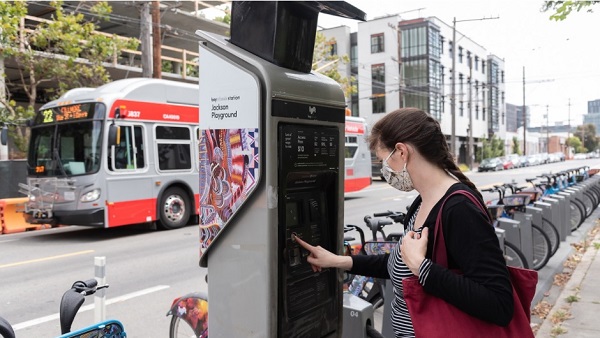
Staying Healthy
One benefit of choosing active mobility is stress reduction. Making your trips by foot, bicycle or skateboard gets your heart rate up and brings your stress levels down. The COVID-19 pandemic has brought a great deal of additional stress into our lives. We’re not only juggling multiple roles at home and the associated time constraints that places on us, we’re also worried about ourselves and our families becoming ill, while also dealing with economic and emotional issues.
Active modes of transportation can also help protect you from serious diseases such as stroke, heart attack, some cancers, depression, diabetes, obesity and arthritis. Riding a bike is healthy, fun and a low-impact form of exercise for all ages. Walking is easy to fit into your daily routine by strolling to shops, parks, school or work. It also reduces negative health problems that can arise from inactive and sedentary lifestyles. The US Centers for Disease Control recommend increasing frequency of active transportation as a great way to stay healthy and improve physical fitness.
Better for the Environment
Another benefit of active mobility is reducing greenhouse gas emissions to slow global warming. Every year, a typical American car emits 4.6 metric tons of carbon dioxide. Rising automobile use is increasing these greenhouse gas emissions and escalating the rate at which the Earth’s atmosphere is reaching a climate tipping point. Active mobility lowers daily greenhouse gas emissions, helping us back away from that tipping point.
You’ll also be reducing air and noise pollution by making your trips out and about more physically active. Air pollution negatively affects human health and the environment causing acid rain, excessive algae growth in bodies of water, haze, wildlife deaths, thinning of Earth’s ozone layer, crop damage and global climate change. Noise pollution disrupts ecosystems and wildlife, as well as the lives of people in urban and suburban areas. Active mobility reduces air and noise pollution by replacing car trips that produce greenhouse gases and noise, benefiting the environment and urban ecosystems.
Make a Better Choice
And of course, you benefit your neighbor when you choose an active mode of transportation to get around. You free up space on Muni for those who have no other options. You also avoid traffic delays and can enjoy seeing your city from a different perspective. With this easy resolution, you’ll be able to emerge from these unprecedented times with a change that you can be proud of.
Published December 30, 2020 at 11:10PM
https://ift.tt/3aPbgvg
